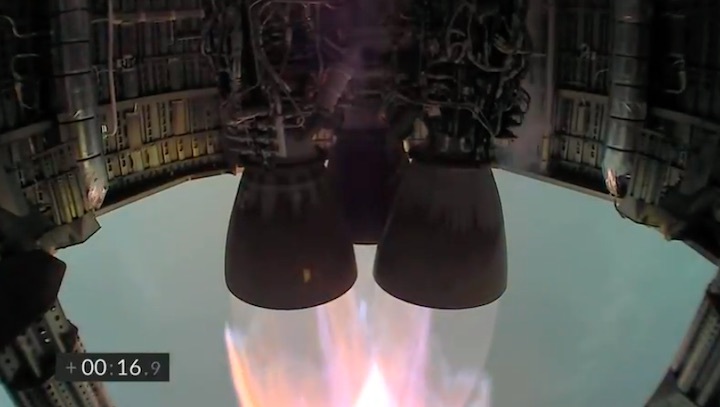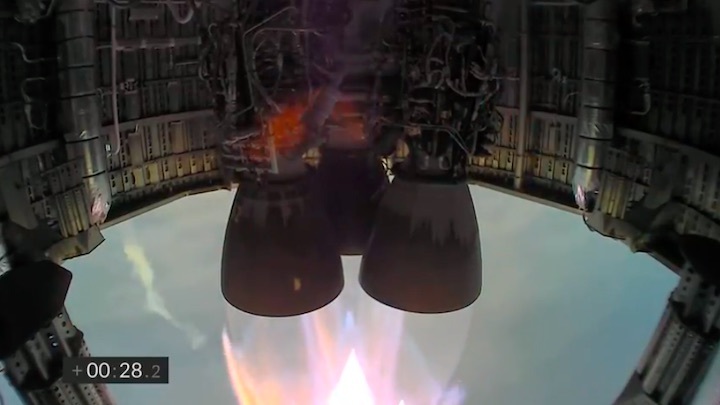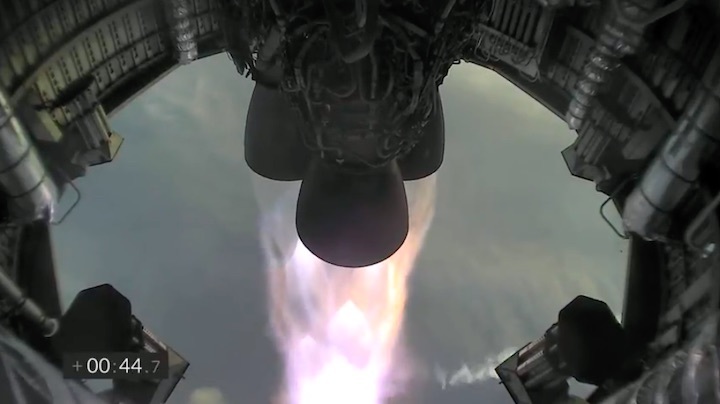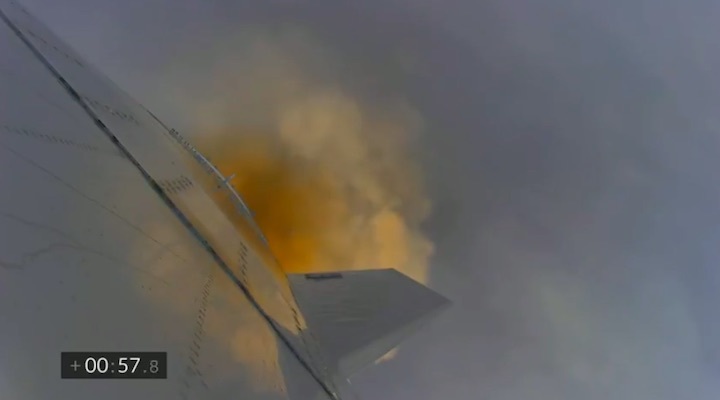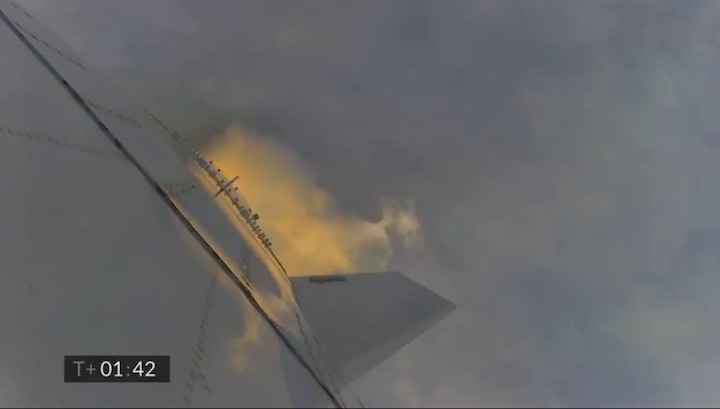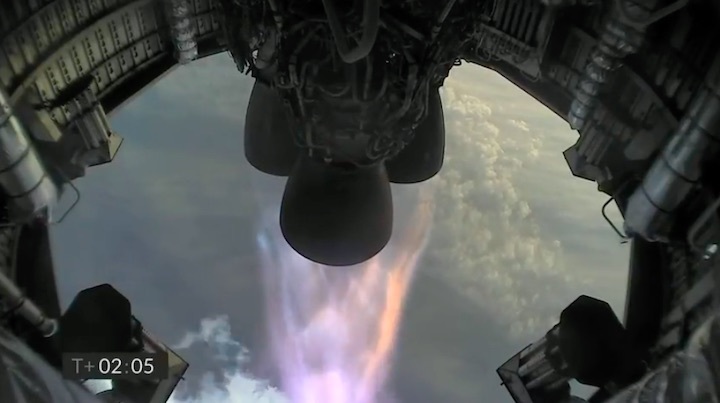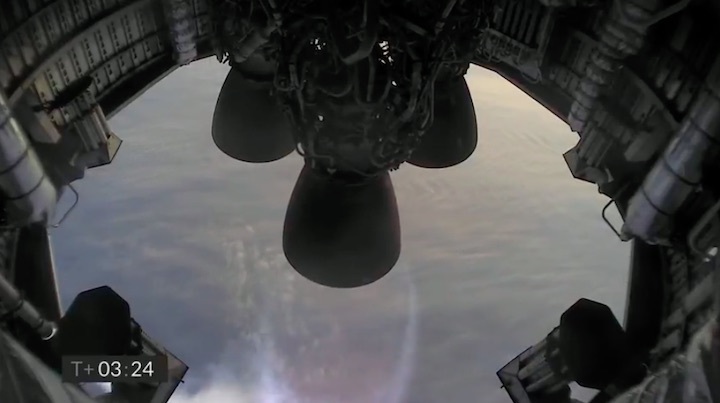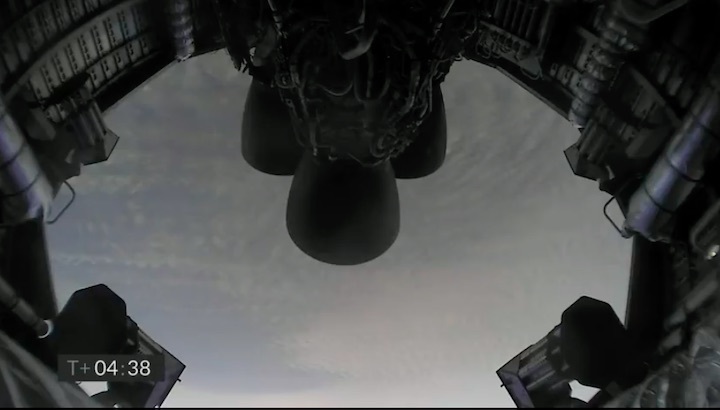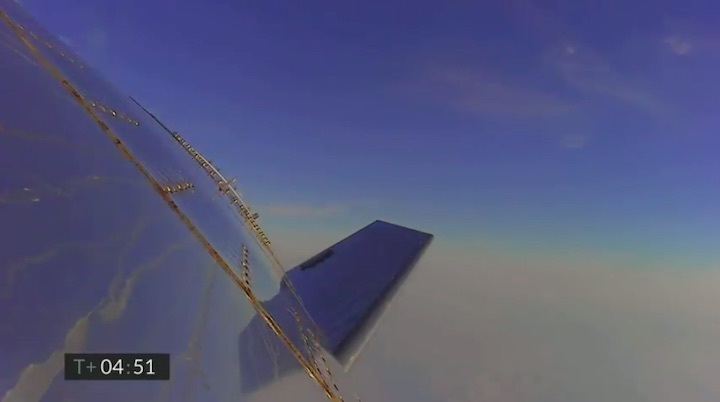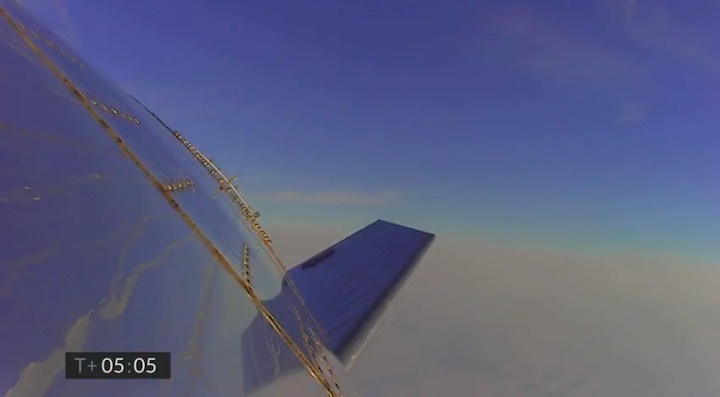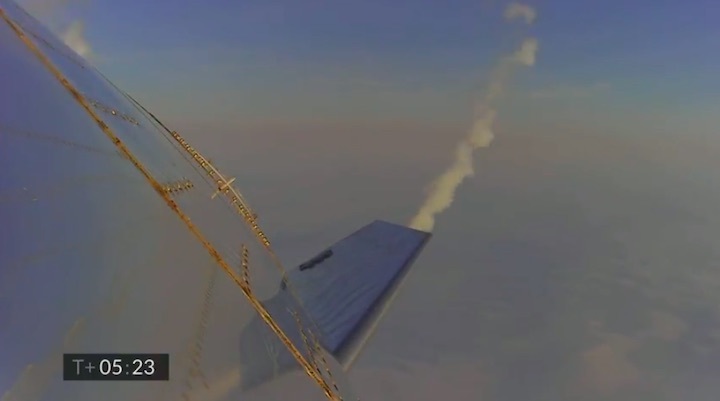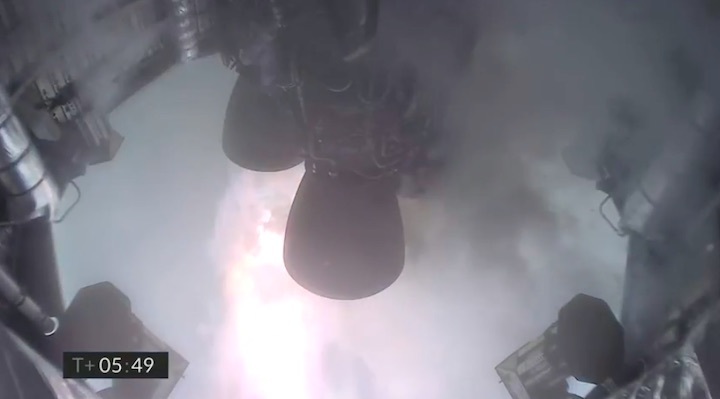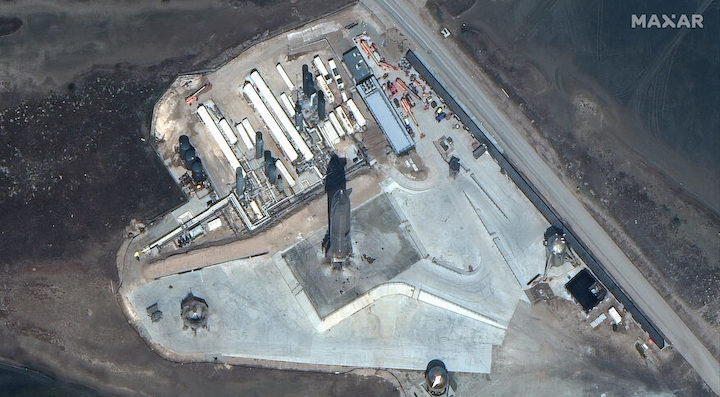13.03.2021
SpaceX Starship holds up under pressure, lines up Raptor engine test fire
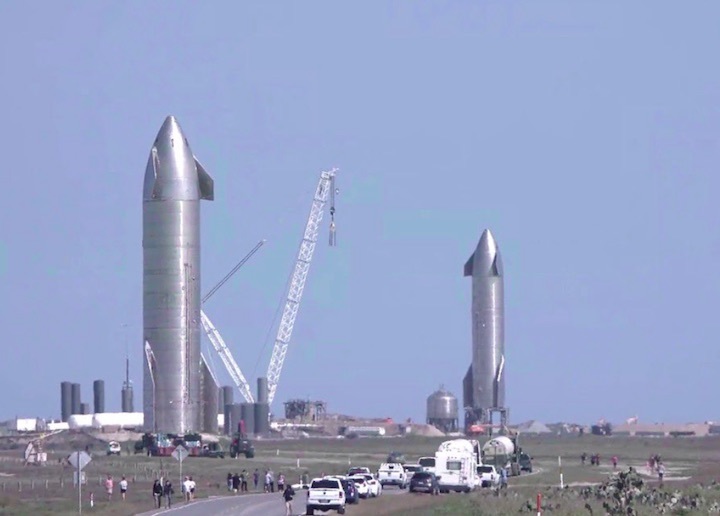
SN9+SN10
After a few false starts and some minor delays, SpaceX’s 11th Starship prototype (SN11) has made it through two of the three major tests standing between it and liftoff.
SpaceX rolled Starship SN11 from the factory to the launch pad on March 8th, just five days after Starship SN10 briefly became the first prototype of its kind to land in one piece. One or two issues with Raptor’s final landing burn caused SN10 to touch down faster than expected and eventually led to the rocket’s explosive demise around 15 minutes later. Still, the test flight was an almost unequivocal success and seemingly left SpaceX with more than enough confidence to speed through preparations for the next flight test.
Heading into the next day, SpaceX had hoped to kick off cryogenic proof testing but Starship SN11 required a bit more attention than expected and unknown bugs ultimately meant that only an ambient-temperature pressure test could be completed by the end of the test window. Those issues appeared to persist through the end of March 10th, preventing any kind of proof test attempt.
On March 11th, Starship SN11 was able to take its first real stab at a cryo proof and was loaded with liquid nitrogen (LN2), a cryogenic fluid with a density and temperature similar to Starship’s liquid oxygen and methane propellant but without the risk of a catastrophic fire or explosion. Over the course of three or so hours, SpaceX didn’t appear to fully load SN11 with LN2, a possible sign of a technical bug that could just as easily be an intentional part of the test design.
Oddly, parts of the evenings testing were unlike past cryo proofs and there’s a slight chance that the activity was actually a static fire attempt scrubbed well before ignition, though it’s impossible to say without official confirmation.
Otherwise, the most notable part of the cryo proof was a test of Starship SN11’s attitude control system (ACS) that involved firing each of the ship’s several cold-gas nitrogen thrusters at least 5-10 times for a total of several dozen bursts. The current generation of Starships mainly use those thrusters to augment their flaps and perform flip maneuvers during suborbital launch and landing attempts, while early orbital-class prototypes may use the same thruster system to control their attitude in the vacuum of space.
If last night’s cryo proof test was successful and gave SpaceX the data it needs to give SN11 a good bill of health, the Starship could potentially attempt its first Raptor engine static fire as early Friday, March 12th. Historically, SpaceX has never static fired a Starship prototype less than 12 days after its launch site arrival, meaning that a static fire tomorrow would smash the previous record by a factor of three. As such, it’s more likely that SN11 will need a day or two and be ready for a static fire attempt as early as Monday, March 15th.
Either way, Starship SN11 is undeniably on a faster track than any of its three-engine predecessors and a clean static fire on Friday or Monday would leave a launch next week – SpaceX’s current target– well within reach.
Quelle: TESLARATI
----
Update: 28.03.2021
.
SpaceX delays Starship test flight
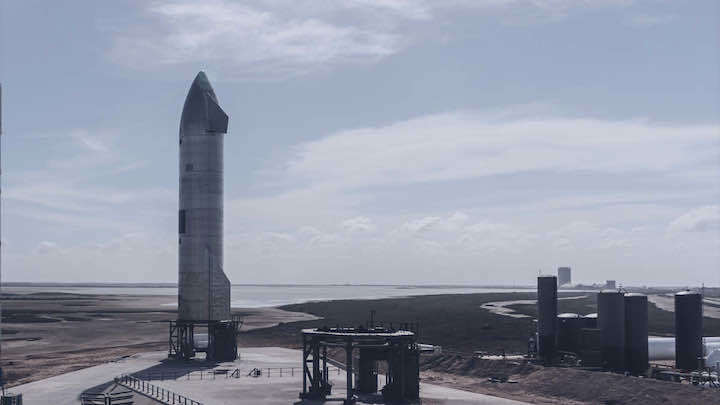
SpaceX scrubbed the launch of its next Starship test rocket Friday afternoon, with the next opportunity for the atmospheric test flight expected Monday. SpaceX plans to launch and land the rocket at company’s South Texas development complex after losing three previous prototypes in explosions.
The privately-developed Starship test vehicle — designated SN11 — will be the fourth full-size Starship vehicle to take off from SpaceX’s test site in Cameron County, Texas. Like three previous Starship test flights in December, February, and earlier this month, the prototype will attempt to fly to an altitude of about 33,000 feet, or 10,000 meters, before returning to the ground for rocket-assisted vertical landing.
SN11 is the latest in a series of prototypes for SpaceX’s next-generation launch vehicle that will eventually stand nearly 400 feet, or about 120 meters, tall and carry more 220,000 pounds, or 100 metric tons, of cargo to low Earth orbit. That’s more lift capacity than than any rocket in the world.
With life support systems and in-space refueling, the Starship could carry heavy cargo and people beyond Earth orbit. SpaceX is of of three industrial teams with a NASA contract to design and refine concepts for a human-rated lunar lander for the space agency’s Artemis moon program.
The Starship program is intended to eventually ferry passengers and supplies to deep space destinations to Mars, according to Elon Musk, SpaceX’s founder and CEO.
The Starship vehicle will comprise the upper segment of the huge orbital rocket, which SpaceX also calls the Starship. The first stage booster is named the Super Heavy. Both vehicles are designed to be fully reusable.
SpaceX confirmed plans for the Starship SN11 test flight Friday on its website, but Musk tweeted Friday afternoon that the company was “standing down” from the launch “until probably Monday.”
“Additional checkouts are needed. Doing our best to land & fully recover,” Musk tweeted.
The company says it plans to provide a live video stream of the Starship launch and landing.
SpaceX test-fired the Starship rocket on its launch mount Friday morning, clearing the way for final launch preparations before managers eventually called off the test flight.
The 164-foot-tall (50-meter) Starship SN11 vehicle will be powered at liftoff by three methane-fueled Raptor engines producing more than a million pounds of thrust at full power.
After climbing away from the launch pad, the Starship will shut down its three Raptor engines in sequence before the rocket reaches the apex of its trajectory.
“SN11 will perform a propellant transition to the internal header tanks, which hold landing propellant, before reorienting itself for reentry and a controlled aerodynamic descent,” SpaceX wrote on its website.
“The Starship prototype will descend under active aerodynamic control, accomplished by independent movement of two forward and two aft flaps on the vehicle,” SpaceX wrote. “All four flaps are actuated by an onboard flight computer to control Starship’s attitude during flight and enable precise landing at the intended location.
“SN11’s Raptor engines will then reignite as the vehicle attempts a landing flip maneuver immediately before touching down on the landing pad adjacent to the launch mount.”
The entire flight is expected to last between six and seven minutes. This time, SpaceX hopes the Starship vehicle survives intact.
A hard landing on an otherwise-successful Dec. 9 Starship test flight was caused by low pressure from header tanks feeding the vehicle’s Raptor engines for the critical burn just before touchdown, and one of the Raptor engines failed to reignite for the landing burn on a test flight Feb. 2.
The SN10 rocket achieved the first soft landing of a full-size Starship vehicle at the end of a March 3 test flight, but the rocket exploded minutes later
Despite the explosion, the Starship SN10 test flight appeared to be a major achievement for SpaceX’s Starship test flight program. SpaceX aims to build on that experience with the SN11 flight.

The early focus of SpaceX’s Starship program has been on building infrastructure at the Boca Chica test site, located on the Texas Gulf Coast near the U.S.-Mexico border. Earlier this month, SpaceX completed stacking of the first Super Heavy booster, which Musk said is a “production pathfinder.”
SpaceX assembled the first Super Heavy test article, named BN1, to help learn how to build and transport the 229-foot-tall (70-meter) first stage, which itself is as tall as a Falcon 9 rocket used by SpaceX for operational satellite launches.
The second Super Heavy booster, which is being fabricated but is not yet assembled, is designed to fly, presumably on a suborbital test launch, according to Musk.
SpaceX aims to launch the first fully-stacked Super Heavy and Starship in on an orbital launch attempt from South Texas in July. “That’s our goal,” Musk tweeted.
An orbital launch attempt by July is an aggressive goal, like many schedules outlined by SpaceX’s hard-charging founder and chief executive.
The orbital version of the Starship vehicle will have six Raptor engines, including three engines with enlarged bell-shaped nozzles optimized for higher efficiency in the vacuum of space. The orbital-class Starship will also have a heat shield to survive re-entry back into the atmosphere.
During an orbital launch attempt, the reusable Super Heavy will detach from the Starship — which acts as both an upper stage and in-space transporter — and come back to Earth for a vertical landing. The Starship will continue into orbit and deploy its payloads or travel to its deep space destination, and finally return to Earth to be flown again.
SpaceX’s long-term plans for Starship operations involve the use of a floating launch pad parked in the ocean. SpaceX is converting a decommissioned offshore drilling platform for its future Super Heavy and Starship launch facility.
The Super Heavy booster will be powered by 28 Raptor engines, producing some 16 million pounds of thrust, more than twice the power output of five booster engines on NASA’s Apollo-era Saturn 5 moon rocket.
The entire Super Heavy and Starship stack will measure around 30 feet (9 meters) wide, about one-and-a-half times the diameter of a Boeing 747 jumbo jet.
Quelle: SN
----
Update: 29.03.2021
.
SpaceX’s fourth high-altitude Starship launch rescheduled on Monday
CEO Elon Musk says that SpaceX has delayed Starship serial number 11’s (SN11) high-altitude launch debut from Friday to Monday to best ensure that the company can “land & fully recover” the 50-meter-tall steel rocket.
First and foremost, the weekend will allow SpaceX times time for “additional checkouts” and scour Starship SN11 and the data it’s produced during testing for any red flags or minor issues. While plans for a same-day static fire and launch didn’t pan out on Friday, March 26th, SpaceX did manage the first half, firing up just one of Starship’s three Raptors to verify the health of the replacement engine after a Thursday Raptor swap. The test marked the first time SpaceX has intentionally fired up just one of the Raptors installed on a three-engine Starship prototype, so the delay will provide extra time to ensure that all three are still looking good.
Standing down SN11 until probably Monday. Additional checkouts are needed. Doing our best to land & fully recover.
— Elon Musk (@elonmusk) March 26, 2021




